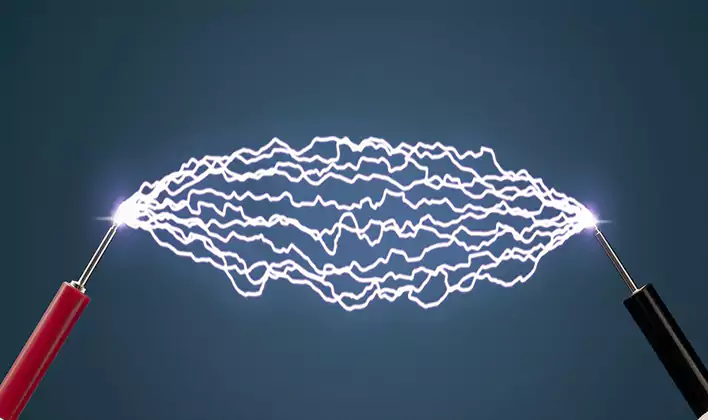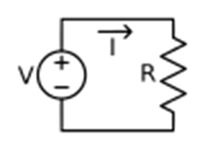
In the path of electric current: the flow of charges

The SI unit for measuring an electrical current is the ampere. This is the flow of electrical charges across a surface at 1 coulomb per second. The electrical phenomenon is calculated using an ammeter.
Electric currents cause various effects, mainly heating, but they also induce magnetic fields, which are often used in motors, inductors and generators.
The traditional name of electricity comes from the French phrase “courant”, or in English “current intensity”. This expression is often used when discussing the meaning of an electric current; However, modern observation often reduces it to “simple”.
The nature of electric current
Electric current is characterized by the flow of charged particles, usually electrons, through a conductive medium. These charged particles are set into motion when a difference in potential or voltage is applied to a conductor. This voltage creates an electric field that exerts a force on the charged particles, forcing them to move.
Voltage and resistance source
In a circuit, a voltage source, represented by the symbol V, provides the potential difference necessary to initiate and maintain current flow. It is the driving force that drives charged particles through the circuit. A resistor, denoted R, is a component that resists the flow of current. It provides resistance to the movement of charged particles and therefore causes a voltage drop.
The role of conductors and insulators
Conductors and insulators play a crucial role in the flow of electrical current. Conductors, like metals, have loosely bound electrons that can move relatively freely. When a voltage is applied, these mobile electrons are set into motion, creating a flow of current. Insulators, on the other hand, have tightly bound electrons that can move less. They impede the flow of electricity and act as barriers to the movement of charged particles.
Current strength and direction
The intensity of electrical current is measured in amps (A) and represents the rate at which charge flows through a specific point in a circuit. It is determined by the number of charged particles that pass the point per unit of time. The direction of current flow is generally defined as the movement of the positive charge, even though the negatively charged electrons are moving. This convention simplifies circuit analysis and allows for uniform understanding and communication in the field of electricity.
Applications and importance of electric current
Electricity is the backbone of our modern world. It powers our homes, businesses and industries. It allows the operation of electronic devices, from smartphones to computers, and provides the energy needed for lighting, heating and cooling. Electricity powers communication technologies, transport systems and medical devices and is therefore indispensable in everyday life.
Ohm's Law

Types of general electricity
- Alternating current (AC)
- Direct current (DC)
- Square wave current
- Triangle wave current
Alternating current
Direct current
Square wave current
Square wave current is a periodic waveform characterized by abrupt transitions between two discrete voltage levels. It instantly switches between high and low voltage states, resulting in a square waveform. In some communication systems, square wave currents are used in digital logic circuits, switching power supplies, and signal transmission.
Triangle wave current
Triangular wave current follows a waveform that increases linearly, reaches a peak, and then decreases linearly in the opposite direction, creating a triangle shape. This type of current is used in certain signal generation, modulation and testing applications. It is also used in engine control systems to simulate smooth acceleration and deceleration.
Conclusion
As we conclude this exploration, we are reminded of the profound impact of electricity on our daily lives. By unlocking its secrets, we gain a deeper appreciation for the technological wonders that surround us. We are inspired to continue pushing the boundaries of electrical engineering and innovation and find new ways to unlock the flow of electrical current for the benefit of humanity.

